Cobalt Tantalum Zirconium Sputtering Target Description
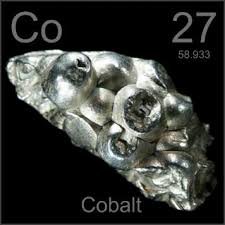
Cobalt is a chemical element named after the German word *kobald*, meaning “goblin.” It was first mentioned in 1732 by G. Brandt. The chemical symbol for cobalt is “Co.” Cobalt is widely used as a blue pigment in paints, jewelry, and glass. It is also alloyed with other metals to produce engine parts and cutting tools. In vacuum applications, cobalt serves as a ferromagnetic layer in magnetic storage media and as a transitional layer in battery fabrication.
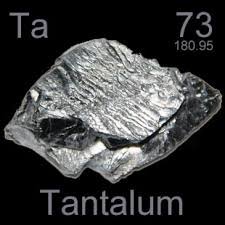 Tantalum is a rare, hard, blue-gray transition metal known for its high corrosion resistance. As part of the refractory metals group, it is often used as a minor component in alloys. Its chemical inertness makes tantalum a valuable material for laboratory equipment and a substitute for platinum. Tantalum sputtering targets are commonly used in the production of integrated circuits and Thin Film Transistor Liquid Crystal Displays (TFT-LCD).
Tantalum is a rare, hard, blue-gray transition metal known for its high corrosion resistance. As part of the refractory metals group, it is often used as a minor component in alloys. Its chemical inertness makes tantalum a valuable material for laboratory equipment and a substitute for platinum. Tantalum sputtering targets are commonly used in the production of integrated circuits and Thin Film Transistor Liquid Crystal Displays (TFT-LCD).
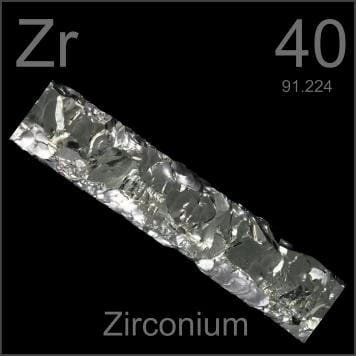 Zirconium is a lustrous, grey-white transition metal known for its strength and resemblance to hafnium and, to a lesser extent, titanium. It is primarily used as a refractory material and opacifier, with smaller amounts used as an alloying agent due to its strong corrosion resistance. Zirconium forms a range of inorganic and organometallic compounds, including zirconium dioxide and zirconocene dichloride. Of its five naturally occurring isotopes, three are stable. Zirconium compounds do not have any known biological role.
Zirconium is a lustrous, grey-white transition metal known for its strength and resemblance to hafnium and, to a lesser extent, titanium. It is primarily used as a refractory material and opacifier, with smaller amounts used as an alloying agent due to its strong corrosion resistance. Zirconium forms a range of inorganic and organometallic compounds, including zirconium dioxide and zirconocene dichloride. Of its five naturally occurring isotopes, three are stable. Zirconium compounds do not have any known biological role.
Related Products: Cobalt Sputtering Target, Tantalum Sputtering Target, Zirconium Sputtering Target.
Cobalt Tantalum Zirconium Sputtering Target Specifications
| Material Type | Cobalt Tantalum Zirconium |
| Symbol | Co/Ta/Zr |
| Color/Appearance | Metallic solid in various forms – sputtering target, bars, sheets, rods |
| Melting Point | / |
| Density | / |
| Available Sizes | Dia.: 2.0″, 3.0″, 4.0″, 5.0″, 6.0″ Thick: 0.125″, 0.250″ |
We also offer other customized shapes and sizes of the sputtering targets; please Contact Us for more information.
Cobalt Tantalum Zirconium Sputtering Target Application
Cobalt Tantalum Zirconium Sputtering Target is utilized for thin film deposition, decoration, and various applications in semiconductor technology, displays, LEDs, and photovoltaic devices. It is also used in functional coatings, optical information storage, glass coatings for automotive and architectural glass, and optical communication, among other industries.
Packing
Our Cobalt Tantalum Zirconium Sputtering Targets are clearly tagged and labeled for efficient identification and quality control. We take great care to prevent any damage during storage and transportation, ensuring the targets remain in optimal condition.


 MSDS File
MSDS File
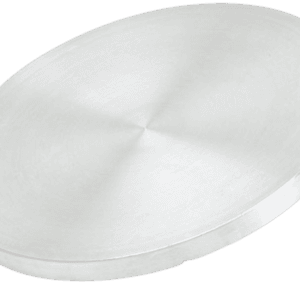
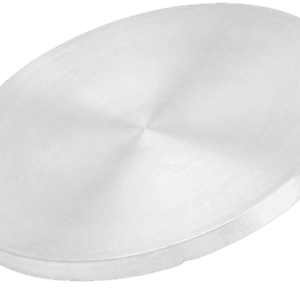
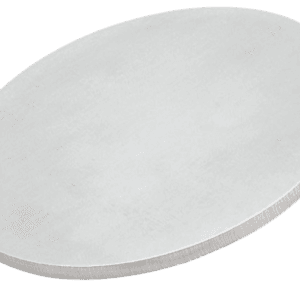
Reviews
There are no reviews yet.